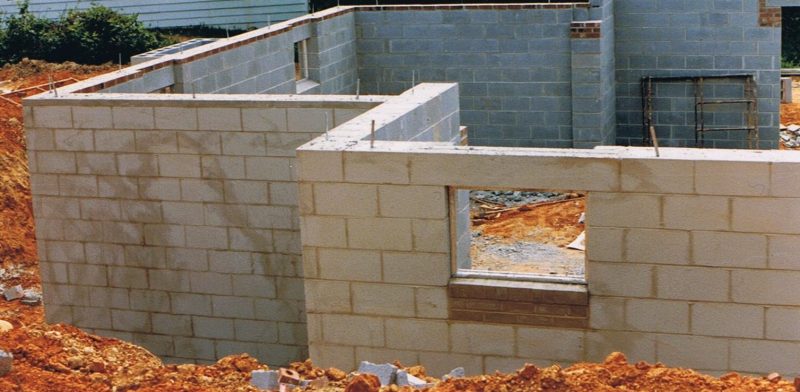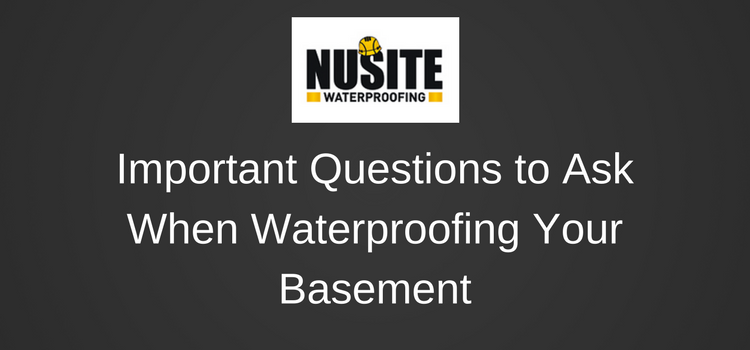
When you’re about to have your basement waterproofed you should take the time to find a reliable, professional waterproofing company to handle the job and make sure they stand by their work. Here in Toronto, basement waterproofing is a big business due to the age of the homes in Toronto, along with the weather extremes. Since it is such a big business, there are many unqualified and inexperienced people selling waterproofing services. Most lack the necessary insurance and equipment to do the job properly and sell extended warranties that they have no intention of honouring.
When getting estimates, there are also several important questions you should ask before deciding which company to go with. Below is a list of questions you may want to have answered before waterproofing your basement.
-
Is the company licensed, insured, and bonded?
One of the first questions you should ask the waterproofing contractor is if they’re licensed, insured, and bonded. You want to be sure you’re dealing with a legitimate waterproofing company and find out if any permits are required by the city. Be sure the company’s employees have liability insurance and workers compensation protection. If a waterproofing company and its employees working on your property are not properly insured, all of the responsibility and liability will rest on the homeowner and their insurance if there is damage or personal injuries during the project. Also, many homeowner’s insurance plans will not pay damages if it is revealed that you hired an unlicensed, uninsured company to do work on your home.
-
Do they waterproof homes from the outside?
The better waterproofing companies will offer both interior and exterior waterproofing systems depending on the home’s unique needs. It’s a good idea to ask the contractor which method they will use and why it’s the best for your situation. Even though an exterior waterproofing method is more expensive it’s generally regarded to be the best as it protects the home’s foundation. Remember, you’re looking for a long-term solution to your problem, not just a quick band-aid fix. Many smaller companies do not have the equipment or experience to do exterior waterproofing so they will always sell you on a crack injection solution or interior waterproofing solution even if it is not the best solution for you.
-
Can they provide references?
Don’t be too shy to ask the contractors if they can provide you with references to call regarding their workmanship. In addition, don’t be afraid to call the customers they refer you to.
-
What type of warranty do they offer?
It’s important that you find out exactly how the contractor backs up their work. You need to know what’s under warranty and for how long, such as labour and materials. Be sure to go through any contracts with a fine-tooth comb and ask questions to have everything clarified. Don’t be afraid to back out of a contract if you’re not comfortable with any of the terms. A lifetime transferable warranty is the best since it stays with the house no matter who owns it. Also, ask if the sump pumps used are guaranteed for life. When asking about warranty information, it’s important to find out how long the company has been in business as many new waterproofing companies have never had to honour a warranty before and have no idea the work and responsibility involved in offering one that you intend to stand behind.
-
How long have they been in business?
If the company has been in business for quite some time then it must be doing something right. You’ll know they have experience in waterproofing and have enough clients to be successful in their profession. Look for companies with a long track record, especially when it comes to honouring the warranty.
-
What will my home look like after the waterproofing?
Some homes need extensive repairs with an exterior excavation or an interior drain system and you want to make sure everything will be done professionally and neatly. You don’t want your home looking like a disaster area after the work has been completed. Let them explain to you what will happen after the project is finished and who is responsible for what.
-
What else can I do to stop a leaky basement?
Good contractors will gladly assist you by sharing their knowledge about leaking basements. They’ll be able to give you several tips to keep your home as dry as possible. These tips will likely regard your eavestroughs, spouts, drainage system, and window sills etc.
-
Can I have your office and/or website address?
A professional waterproofing contractor should have an office like any other type of business and may also have a website. You don’t really want to have your basement waterproofed by somebody who’s working out of their car or garage. Good luck trying to find them if something goes wrong.
Most of the above questions regarding waterproofing are quite straightforward and a good contractor should have no problem answering them honestly. Nusite Waterproofing has been providing basement waterproofing services in Toronto for over 30 years. We offer free, in-home written estimates and pride ourselves on our customer service and commitment to quality. Contact us today to schedule your free estimate.

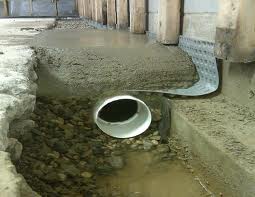
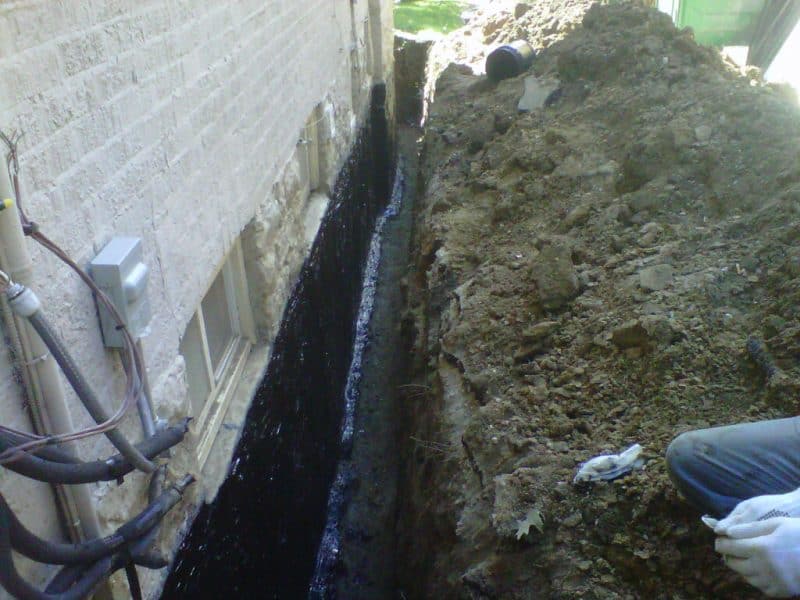
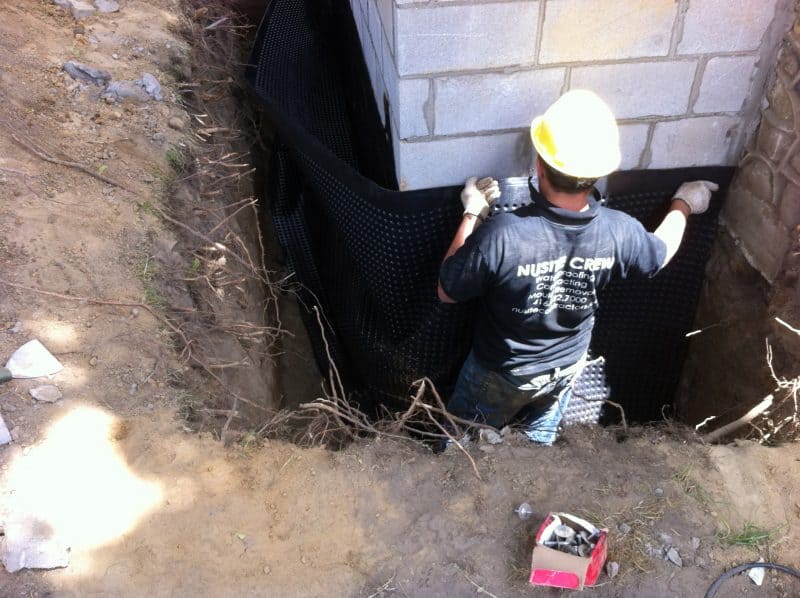
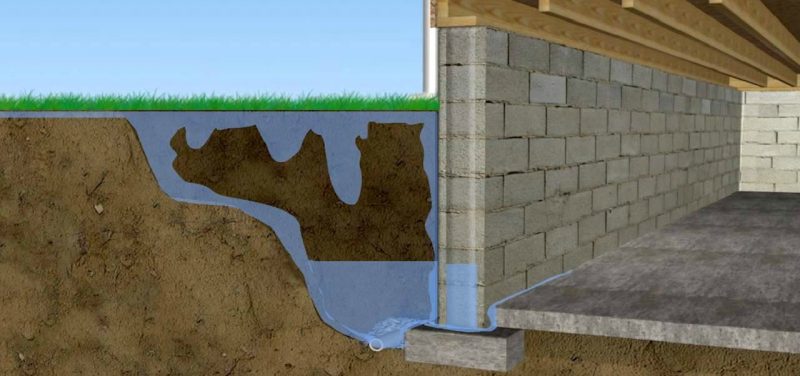
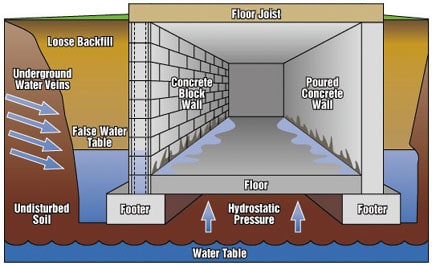 The Role of Hydrostatic Pressure
The Role of Hydrostatic Pressure





